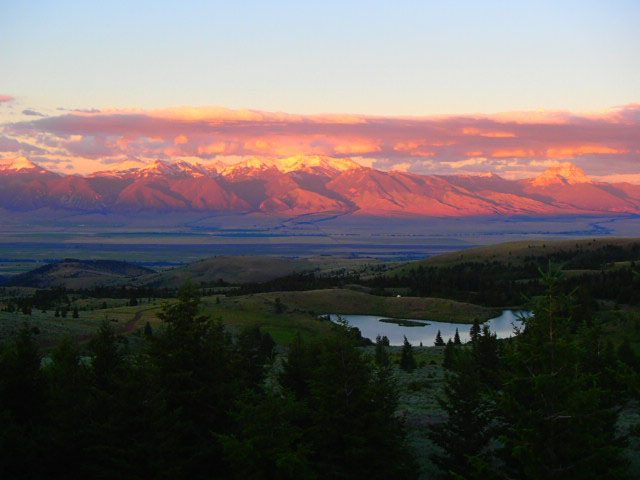
BLM Montana-Dakotas Forests and Woodlands
The Montana and Dakota’s forestry program is responsible for managing 1.3 million acres of forest land, with 900,000 acres of commercial forest land and the rest considered woodlands. The major tree species found throughout the region include Douglas-fir, ponderosa pine, lodgepole pine, spruce, subalpine fir, limber pine, whitebark pine, aspen and juniper.
The primary purpose of the forestry program is to manage forest resources under the principles of sustained yield and multiple-use for the benefit of present and future generations. Forest treatments focus on restoring ecological function and creating forest’s resilient to disturbance. Additional benefits to the ecosystem from the forestry treatments include a reduction in fuels, wildlife habitat improvement, the protection of watersheds and water quality.
The forestry program works cooperatively with the U.S. Forest Service, Montana DNRC, Black Hills Mountain Pine Beetle Working Group, Montana’s Timber Task Force, Montana Forest Collaboration Network, Inland Empire Tree Improvement Cooperative, Greater Yellowstone Whitebark Pine Committee and the Crown of the Continent, High 5 Working Group.
Forest health concerns in Montana and the Dakota’s includes:
- Existing high forest densities and heavy fuel loads.
- Decline of the whitebark and limber pines.
- Bark beetle induced tree mortality.
- Decline of aspen forests.
- Spruce budworm induced tree mortality.
- Potential loss of forest product infrastructure.
